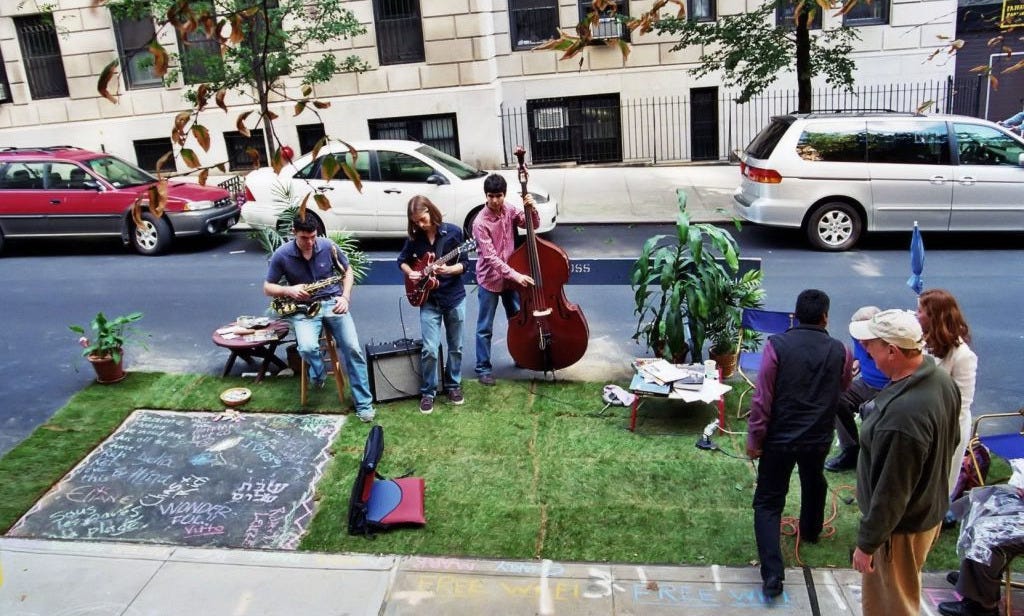The Density–Bikeability Feedback Loop
Land use, housing, and cycling infrastructure must move in tandem

Every September, city dwellers around the world roll out sod, set up café tables, and haul planters into parking spaces for Park(ing) Day — a playful reminder that the way we allocate space says everything about what we value. In public acts of reclamation, citizens commandeer curbside spots and declare that streets can be for people too, not just cars.
At CityBuilder, we’ve been talking a lot about how to better use our urban spaces. First, we called for ending parking mandates so we can build more housing and better neighborhoods. Then we looked at how “No parking, No problem” relies on creating diverse, multimodal transportation options where people live and work. Today, we’re discussing how parking policy and density connect to bikes, and why the future of bikeability isn’t just about paint on pavement.
The Feedback Loop: Density + Bikeability
Density makes bikeability practical; bikeability makes density livable. When more people live closer together, trips are shorter, daily needs are near, and biking becomes a natural choice. But the loop runs both ways: bikeability (and multimodal transit in general) make density more appealing. If people can comfortably get around without a car, living in a denser neighborhood isn’t just viable, it’s desirable.

This feedback loop should shape how we advocate. Too often, bikeability gets framed as a matter of incremental infrastructure: add a bike lane here, a crosswalk there. These changes matter, but they aren’t enough. Without land use to match — without homes and businesses in reach of the bike network — we risk building bike lanes to nowhere.
What Durham Just Showed Us
Durham’s newly adopted Vision Zero Action Plan makes this explicit. The very first step? Land use reform to reduce the number of vehicle miles traveled.

That’s a bold recognition that the way we shape our neighborhoods directly determines how safe and sustainable our transportation system can be.
This isn’t just about protecting people on bikes. It’s about building a city where biking, walking, and transit aren’t niche alternatives but everyday defaults. That transformation starts with density.

From Parking Spaces to Living Spaces
On Park(ing) Day, we reclaim a few feet of asphalt for a few hours. But what if we made those changes permanent — if instead of empty parking lots, we had housing, shops, and safe streets?
Yes, let’s keep pushing for bike lanes. But let’s also recognize that the biggest lever for bikeability is the same one we need for affordability, sustainability, and resilience: more housing in more places.
Chris Perelstein is a coder and everyday cyclist in Durham. He’s passionate about multimodal transit and building better cities.

